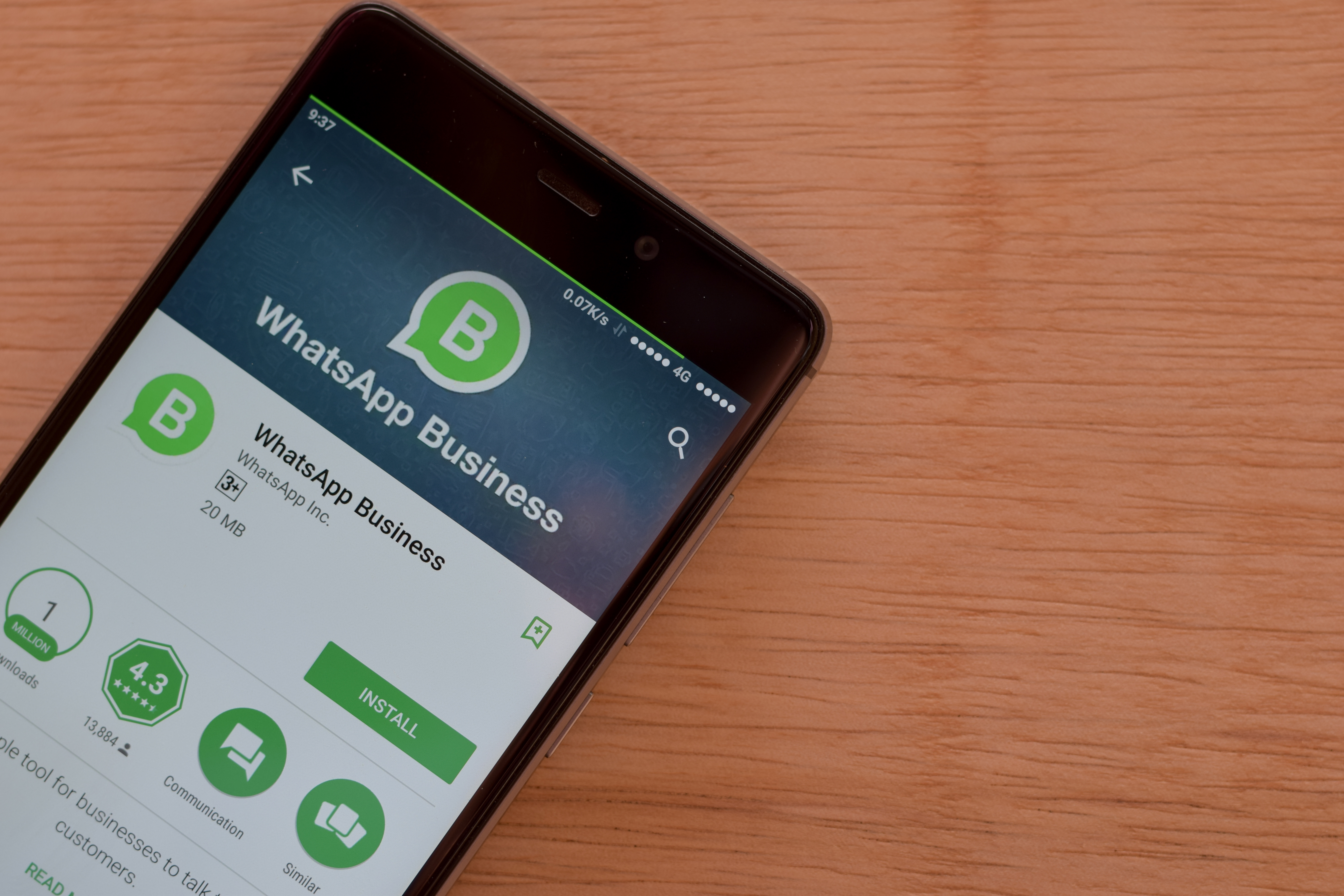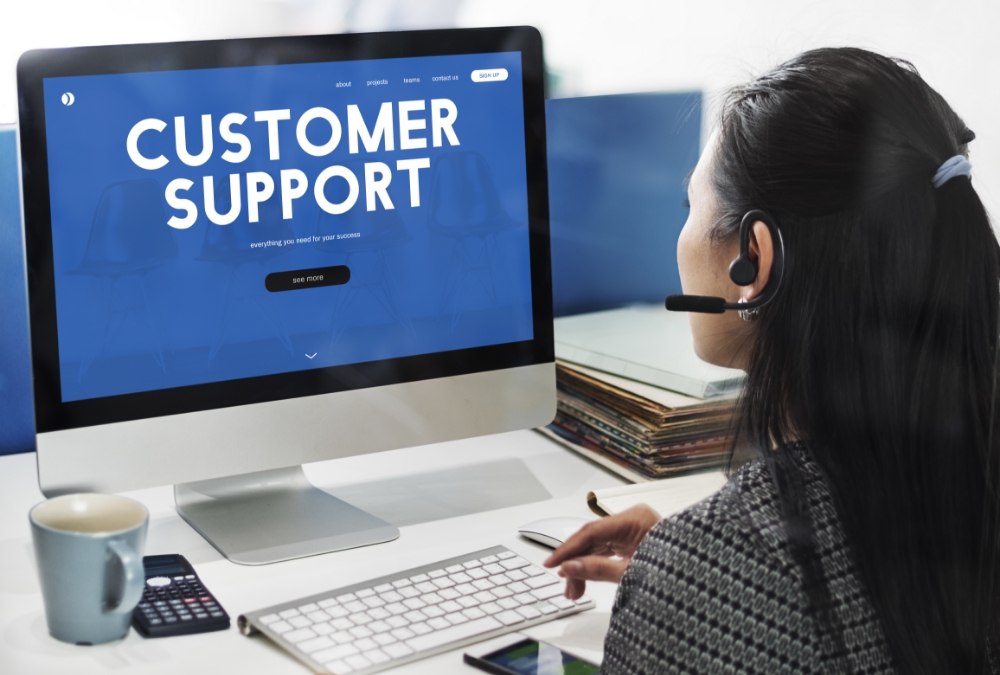Introduction:
WhatsApp marketing campaigns are a unique platform that works as an efficient marketing tool for businesses. Generating content for such campaigns can be tricky due to its distinctiveness and user behavior. You have to think strategically when creating compelling content.
Essential tips for assisting you:
Know Your Readers:
Before you start writing, make sure you know who exactly is supposed to read what you have written. Analyze how old they are, what drives them crazy, or what turns them off so easily. This information will help you tailor your content in such a way that it directly addresses their needs and interests.
Be brief and brilliant:
Remember the character limit on WhatsApp messages; keep your content short and sweet, be brief with your message while ensuring clarity. Capture and sustain the audience’s attention without wasting time.
Usage of Visuals:
Use images, videos, and GIFs; all these things make messages shared through this app more interesting. You can also incorporate graphics that are easy. It will help depict the character of your brand.
Make it a two-way street:
Involving the audience by being prompted to respond to what is seen on screen. You can conduct surveys, pose open-ended questions, or just ask them what they think. Such interactive posts create a sense of belonging among users. It will help people remember your brand since it appears differently.
Generate Value:
Always ensure that whatever you are giving provides value to its viewers. Use informative articles, promotions, or even sneak peeks.
Personalize Your communication:
Make it a point to use their name wherever you can. You can also personalize the messages based on the on the likes and dislikes of the viewers.
Instill a feeling of urgency:
Use convincing language that makes users feel as though time is of the essence. You can provide limited-time offers, flash sales, or exclusive deals that compel users to act swiftly.
Maintaining consistency:
Consistency along with being a key element in trust-building, is also instrumental in brand recall. Maintaining a consistent tone in your brand voice, you can ensure that your audience recognizes and remembers your brand easily. Additionally, incorporate clear and direct calls to action in your messaging. With a powerful call to action, you can prompt the individuals to take action. This will ultimately lead your audience to visit your website, engage in a purchase, or contact you for more details.
Monitor and evaluate:
Finally, consider tracking and analyzing the performance using an analytics tool. You should continually monitor it. Track metrics to understand how your content performs in detail.
Use data:
Data such as click-through rate (CTR) and conversion rate (CR), to make improvements. Excel the quality of your marketing campaigns based on user feedback. These suggestions will ensure that your content is interesting and stands out.


